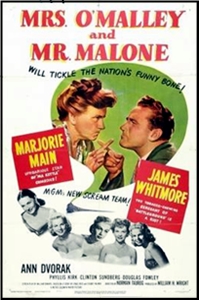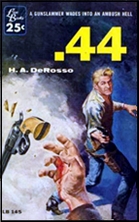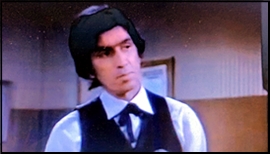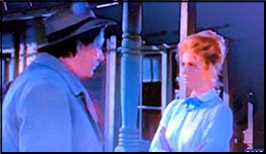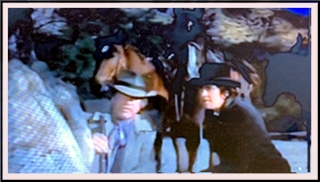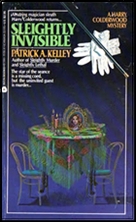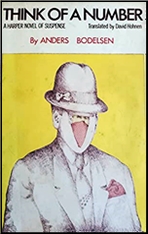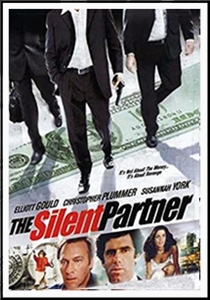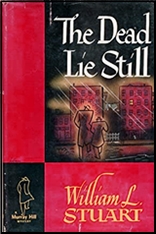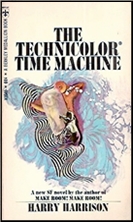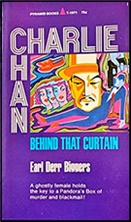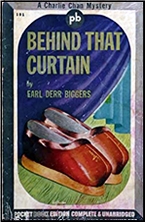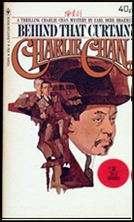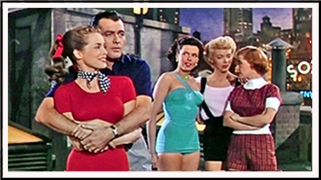Sun 2 Apr 2023
Stories I’m Reading: STUART PALMER & CRAIG RICE “Once Upon a Train.â€
Posted by Steve under Stories I'm Reading[7] Comments
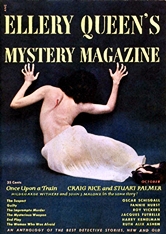
STUART PALMER & CRAIG RICE “Once Upon a Train.†Hildegarde Withers & John J. Malone. First appeared in Ellery Queen’s Mystery Magazine, October 1950. Original title or published later as “Loco Motive.†Collected in People vs. Withers & Malone (Simon & Schuster, 1953; Award paperback, 1965). Filmed as Mrs. O’Malley and Mr. Malone (MGM, 1950, with Marjorie Main as Harriet “Hattie” O’Malley and James Whitmore as John J. Malone).
In Ellery Queen’s introduction to the collection of Withers-Malone stories, of which there were six, they say that this was the first known collaboration between two mystery writers on a tale in which their respective primary characters showed up to solve a case together. This could very easily be true.
When Malone, a somewhat disreputable Chicago lawyer finds that his most recent client, a city official accused of embezzling $30,000 from municipal funds, and a man he has just gotten off from those charges, is on a train headed for New York City — and without paying him — what is there to do rush to the station and board the very same train.
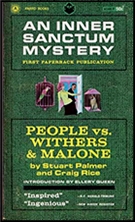
Along with several other people crying for his scalp, as it is clear that the man’s innocence is still very much in doubt. It is no wonder that his body is found at length very much dead. And in whose train compartment? None other than the horse-faced schoolteacher Miss Withers, whose accommodation adjoins Mr. Malone’s.. As they furiously move the body back and forth between their separate compartments as needed, which is often, they still manage to find time to solve the case together.
Which case is one the screwballiest detective stories you can imagine, with a laugh or a chuckle every other paragraph, if not oftener.
When they made a movie out of this, they had to change Miss Withers name to Mrs. O’Malley for copyright reasons, and no, Marjorie Main is not my idea of Miss Withers, either, but James Whitmore did passably well as Mr. Malone, if not better.
